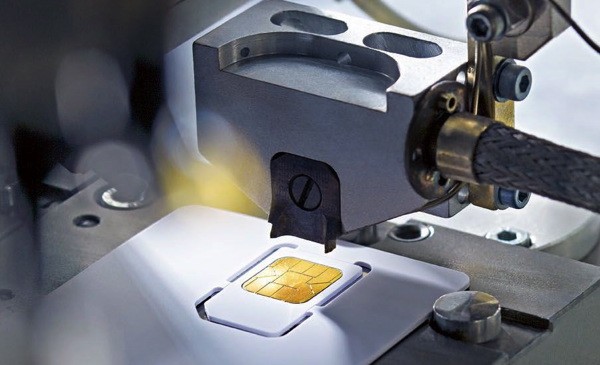It is more than two decades since mobile phone technology started its journey, and it is growing stronger, faster and smarter every day. We have seen many philosophical changes in the network designs. However, some basic things, like subscriber identification process and SIM card design, have changed very little – philosophically. Networks still use a relatively large physical SIM card to identify a subscriber. In an age, where an average consumer is expected to have multiple’ web enabled devices’, each device is identified by the network as a separate subscriber gadget. But, these philosophies seem to be challenged by a few recent technological innovations.
SIM Card Form-Factor
The most common argument against today’s SIM cards is its form factor. The size of the SIM card and its associated circuits take up a relatively large area in the compact-high density PCBs of smart phones, cutting space for other components. While some of the smart phones use a smaller micro-SIM, most of the mobile phones still use the 25mm x 15mm mini-SIM.
However, a new kind of SIM cards, the nano-SIM’s, have chopped off the extra ‘fat’ of traditional SIM cards to make space for other components (like additional memory or a larger battery) of the smart phones. The German firm Giesecke & Devrien, which made the first commercial SIM card around 20 years ago, has shrunk the whole operation down to a 12mm x 9mm x 0.64mm this time – making it 60% smaller and 15% thinner than traditional SIM cards while maintaining backward compatibility. The new form factor paves the way for thinner & better devices.
Subscriber Identification Process
While Giesecke & Devrien is working to introduce smaller SIM cards to the market, another recent technology seem to make physical SIM cards ‘virtually’ unnecessary. The iconic Apple Inc. is experimenting with virtual SIM cards that will give consumers choose service providers without buying their SIM cards physically. An innovation that has the potential to change how subscribers are perceived, identified and managed by the network or vice versa
On the first week on November, the US Patent & Trademark Office published a patent application by Apple detailing how a future iPhone can use virtual SIM cards. While the new technology would help Apple to reduce iPhone’s form factor, it also have the potential to rule out service providers of the purchasing process by giving subscribers the choice to choose their preferred network using an application. By the use of an embedded USIM, a NFC router and an application the ‘virtual’ SIM card can change the current scene of closed end subscription models.
Although, these two technologies seem to solve two different problems of the telecom sphere, they also have the potential to bring in new solutions by working in synergy. But, as always, we will have to wait for the future to see how they succeed.
Resource:
G&D Presents World’s First Nano-SIM Card
Apple introduces us to the Virtual SIM Card
[ttjad keyword=”general”]


